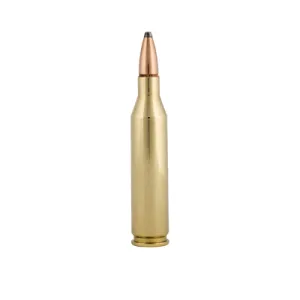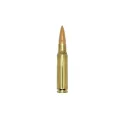Head to Head Comparison


0 Reviews
0 Reviews

0 Reviews
0 Reviews


0 Reviews
0 Reviews

0 Reviews
0 Reviews
MSRP:
$39.14Used Price:
$39.14New Price:
$43.49MSRP:
$0.00Used Price:
$0.00New Price:
$0.00Height
2.05
2.04
Average FPS
3180
2230
Average Grain
87
117
Average Energy
1952
1292
Recoil
1.25
1.18
Ballistic Coefficient
335.93
214.00


.220 Swift vs .243 Winchester


.222 Remington vs .243 Winchester


.240 Weatherby Magnum vs .243 Winchester


.243 Winchester vs .308 Winchester (7.62mm NATO)


.223 Remington (5.56x45mm NATO) vs .243 Winchester


.243 Winchester vs .25-06 Remington


.243 Winchester vs .250 Savage


.243 Winchester vs .257 Roberts


.243 Winchester vs 6mm Remington